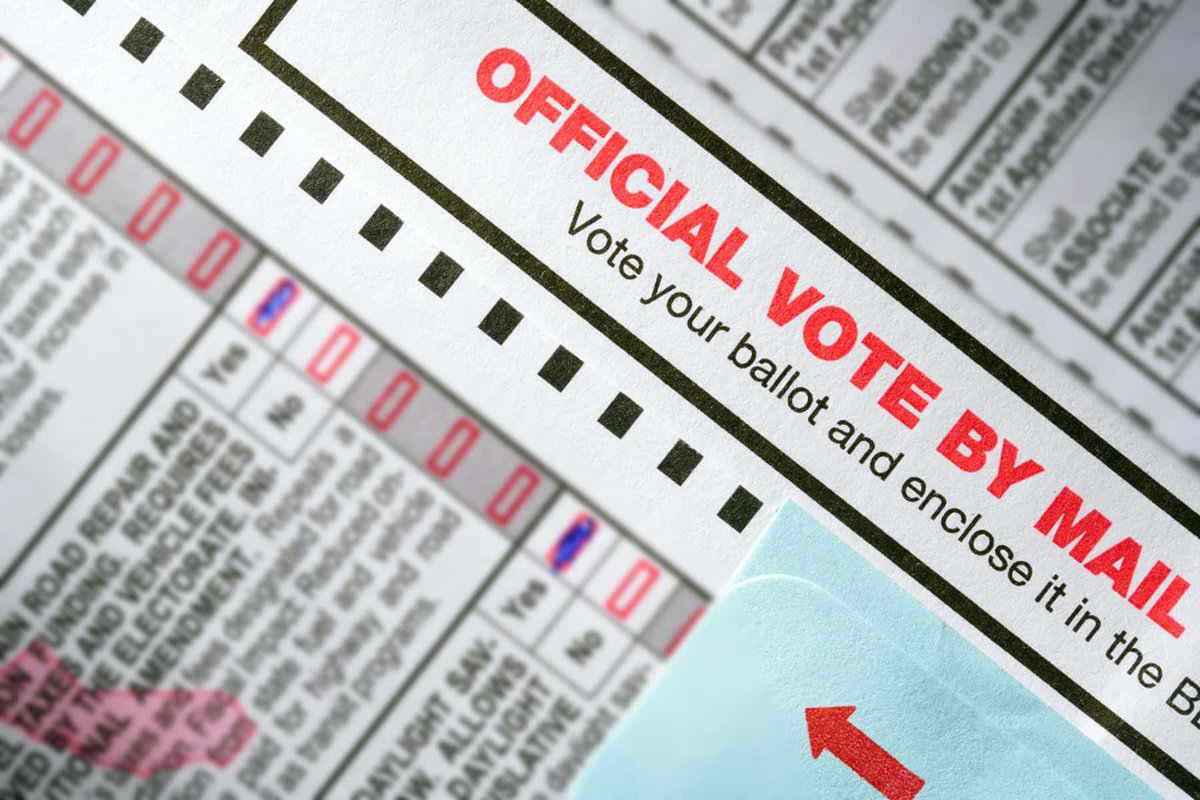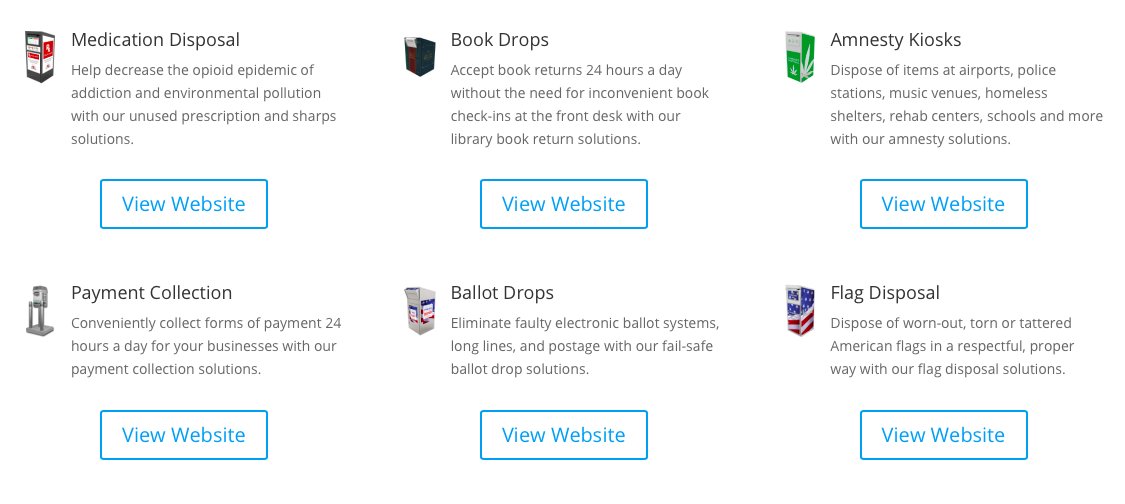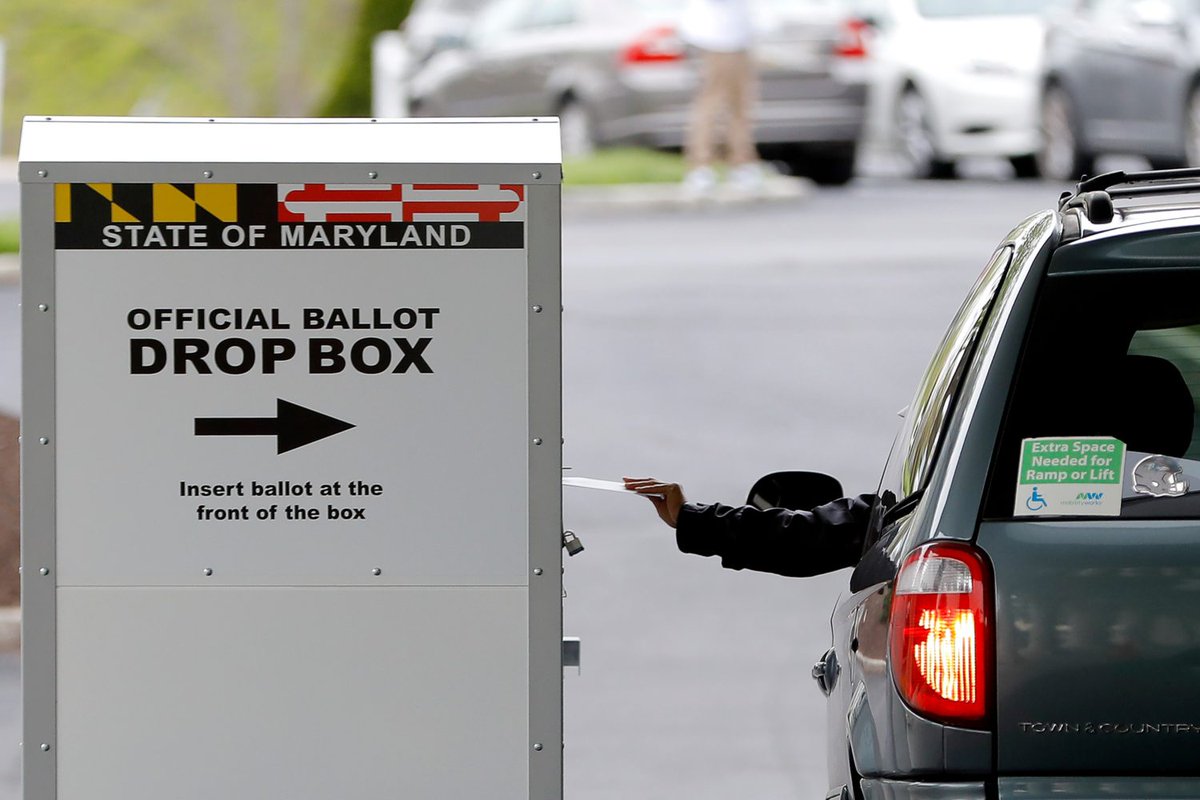State officials are already changing procedures and making backup plans in case mail delivery is slow when voters are set to return mail-in ballots:
1. They are switching to postmark deadlines, which allow ballots to be counted if they arrive after Election Day, as long as they were postmarked.
New laws in Nevada and Mississippi guarantee this. Minnesota agreed to set aside its strict deadline in a court settlement. New York is considering legislation. And Connecticut& #39;s governor did it by executive order for Tuesday& #39;s primary.
Voting rights lawyers are pressing for postmark deadlines in lawsuits in a number of other states -- it& #39;s one of Marc Elias& #39; "four pillars" -- but so far judges have declined to change it. https://www.democracydocket.com/our-cases/ ">https://www.democracydocket.com/our-cases...
It& #39;s worth noting that a judge extended Wisconsin& #39;s deadline during its primary, and while the Supreme Court struck down another part of that order, it let the extended deadline stand. Still, the court majority could still come back and say November is different for some reason.
Overall, my hunch is that this is not the best route. Not enough states have changed their laws, judges aren& #39;t interested, and it& #39;s vulnerable to a post-election fight where judges could order late-arriving ballots impounded while we fight over whether to count them.
2. States are implementing ballot-tracking technology, similar to the "track my package" options on sites like Amazon, that allow voters and elections administrators to see where their ballot is in the USPS system.
California, Georgia, Michigan, Minnesota, Nevada, North Carolina, Pennsylvania and Virginia are all working on this, while Arizona and Florida already have it.
For voters, it improves confidence in the system, since they can see where their ballot is. In systems where ballot tracking also shows if it was accepted, it can also help reduce ballot rejections, which otherwise rely on officials reaching out to ask voters to cure it.
More importantly, it means a local elections official can see that a bunch of outstanding ballots are sitting in a post office across town and call them up to say get those over here before the deadline.
Personally, I think every state should do this and it will help reduce problems at the margins. But it requires both voters and officials -- who will be overwhelmed -- to stay on top of where the ballots are, so I don& #39;t think it& #39;s a perfect solution to this November& #39;s problems.
3. Larger urban areas are looking into sending some ballots by first-class mail, which arrives within two to five days, instead of the nonprofit bulk rate, which can take as long as 10 days.
That could help with voters who request mail-in ballots at the last minute. In some states, you can request one eight days before the election, which is pushing it if you are sending it bulk rate both ways.
But it& #39;s much more expensive. Rates vary based on how many ballots you& #39;re sending, but in Washington state, for example, the contract would have bulk rate at nine cents per ballot and first class at 55 cents, so that can add up.
It& #39;s likely that more ballots will be sent first-class as we get closer to the election, especially if mail is slower than usual, but it& #39;ll add to the cost and it& #39;s not a great solution either.
4. States are considering more heavily promoting drop boxes, secure metal cabinets where the public can drop off their ballots instead of using the Postal Service.
American Security Cabinets is one of the providers. They also make book drops for libraries and drop boxes for used opioids, marijuana, payments and flags.
The Trump campaign argued in a legal filing in Pennsylvania that drop boxes in places like shopping malls and retirement homes are not secure. But if they are secure enough for opioids, pot and cash...
They are also pretty cheap, compared to other options. Connecticut spent $400,000 to buy 200 drop boxes, one for each town in the state and two or more for the larger towns.
States that have added or expanded drop boxes: Connecticut, Georgia, Maryland, Massachusetts, Michigan, Pennsylvania and Rhode Island, among others.
Elections officials told me that if mail delivery times are slow in the weeks leading up to the election, they& #39;ll begin heavily promoting drop boxes in messaging to voters. Drop boxes are also a bit of a novelty, which ensures more local news coverage.
This is probably the simplest, most cost-effective and most reliable way to counter concerns about slow mail delivery affecting vote-by-mail in November. They can even be set up as drive-thrus.
Here& #39;s the rest of the story: https://www.bloomberg.com/news/articles/2020-08-12/states-shield-mail-in-voting-from-postal-delay-under-trump-glare">https://www.bloomberg.com/news/arti...

 Read on Twitter
Read on Twitter




